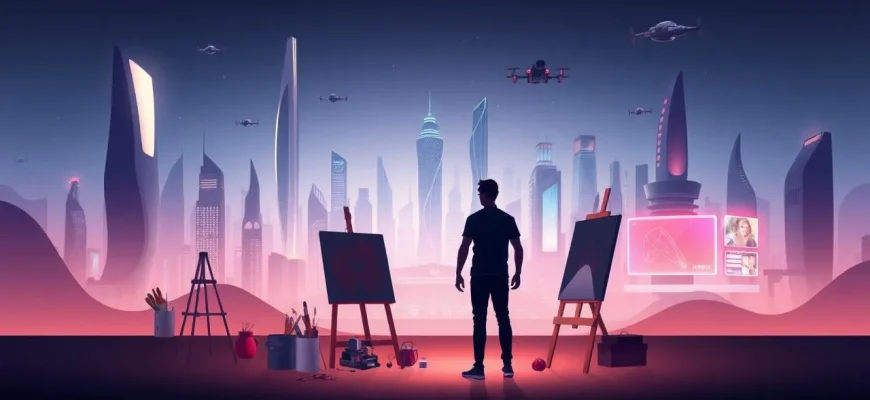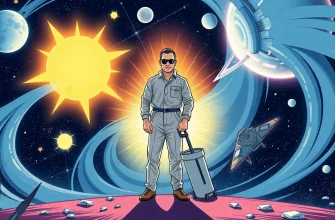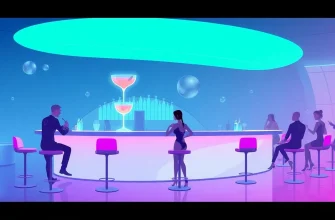Dive into the fascinating world where creativity meets the cosmos with our curated list of 10 sci-fi films about artists. These movies not only showcase the imaginative power of artists but also explore how their visions can transcend reality, offering a unique perspective on the future, technology, and the human spirit. Whether you're an art enthusiast or a sci-fi aficionado, this collection promises to inspire and entertain with its blend of artistic expression and speculative storytelling.
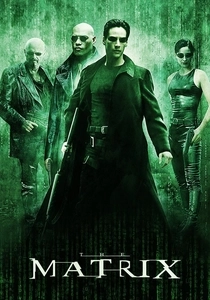
The Matrix (1999)
Description: Although primarily known for its action, "The Matrix" delves into themes of reality, perception, and the creation of a virtual world, akin to an artist's canvas.
Fact: The Wachowskis wrote the script in 1994, but it took five years to get the film made due to its groundbreaking visual effects.
 Watch Now
Watch Now 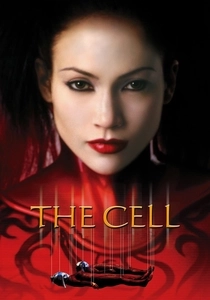
The Cell (2000)
Description: A psychologist enters the mind of a comatose serial killer to save his latest victim, encountering surreal and artistic visions that blur the lines between reality and fantasy.
Fact: The film's dream sequences were inspired by the works of H.R. Giger and Salvador Dalí.
 Watch Now
Watch Now 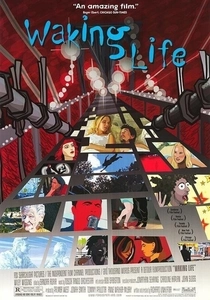
Waking Life (2001)
Description: This experimental film follows a young man through a series of dream-like encounters, exploring philosophical questions about reality, existence, and the nature of art through rotoscoped animation.
Fact: The film was shot using live actors and then animated over, creating a dream-like visual effect.
 Watch Now
Watch Now 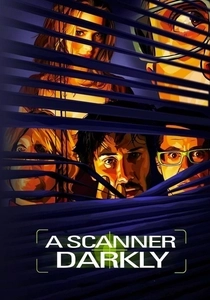
A Scanner Darkly (2006)
Description: Based on Philip K. Dick's novel, this film uses rotoscoping to delve into a dystopian future where an undercover cop's identity blurs as he investigates a new drug, exploring themes of identity and artistic perception.
Fact: The film features the same rotoscoping technique as "Waking Life," giving it a unique visual style.
 Watch Now
Watch Now 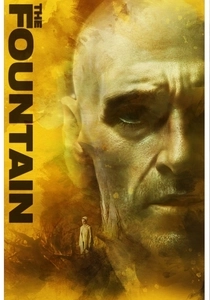
The Fountain (2006)
Description: Spanning across time, this film intertwines three stories, one of which involves a conquistador searching for the Tree of Life, symbolizing the eternal quest for artistic and spiritual fulfillment.
Fact: Darren Aronofsky wrote the screenplay in five days, inspired by a story he had been working on for years.
 Watch Now
Watch Now 
The Imaginarium of Doctor Parnassus (2009)
Description: This fantasy film follows a traveling theater troupe led by an immortal showman, whose magical mirror transports people into a world of imagination, showcasing the power of artistic creation.
Fact: After Heath Ledger's death, his role was completed by Johnny Depp, Jude Law, and Colin Farrell, each playing different versions of his character.
 Watch Now
Watch Now 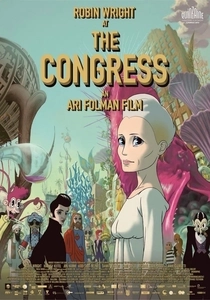
The Congress (2013)
Description: In this visually stunning film, Robin Wright plays an actress who agrees to have her digital likeness scanned and used in any movie, leading to a surreal exploration of identity and art in a futuristic world.
Fact: The film is based on Stanislaw Lem's novel "The Futurological Congress" and features a blend of live-action and animation.
 Watch Now
Watch Now 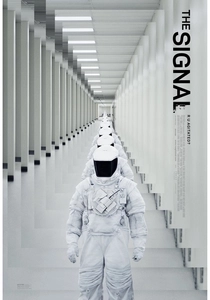
The Signal (2014)
Description: While not directly about an artist, this film explores themes of perception and reality through the lens of a hacker whose world is turned upside down by a mysterious signal, touching on the artistic nature of hacking.
Fact: The film was shot in 22 days, with the majority of the scenes taking place in a single location.
 Watch Now
Watch Now 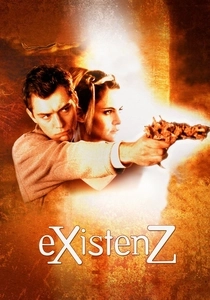
eXistenZ (1999)
Description: David Cronenberg's film explores a virtual reality game designer whose creations blur the lines between game and reality, reflecting on the nature of art and its impact on the human psyche.
Fact: The film was shot in just 35 days, with much of the technology depicted being created specifically for the movie.
 30 Days Free
30 Days Free 
The Artist and the Astronaut (2018)
Description: A documentary that follows the unlikely friendship between astronaut Alan Bean and artist Apollo 12, exploring how their shared experiences in space influenced their art.
Fact: Alan Bean was the fourth person to walk on the Moon, and his artwork captures his unique perspective of the lunar landscape.
 30 Days Free
30 Days Free 
